Cargando...
Recursos educativos
-
Nivel educativo
-
Competencias
-
Tipología
-
Idioma
-
Tipo de medio
-
Tipo de actividad
-
Destinatarios
-
Tipo de audiencia
-
Creador
Lo más buscado
-

Answer. The nervous system
EduBook Organización
- 4495 visitas
Answer these questions in your notebook: Which organs make up the central nervous system? What is the difference between the spinal cord and the spinal column? Which organs make up the brain? There are…
-
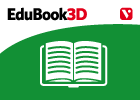
Activities - Machines
EduBook Organización
- 3942 visitas
We use machines in many different ways. Machines help to make our work easier. We use them every day. We use different machines for different things. What we use a machine for is called its function. We…
-
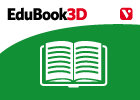
Activities - Work
EduBook Organización
- 3875 visitas
People need to work to live. We receive money for the work we do so that we can buy the things we need. Jobs help society to function well. There are many types of jobs. Some people produce food or raw…
-
Before you start - The Earth, a Living Planet
EduBook Organización
- 3872 visitas
Didactic objetives Recognise the conditions that had to exist on Earth to allow for the existence of living beings. To know and be able to identify the elements involved in the emergence of life on our…
-

Final self-evaluation 9 - Feudal Europe
EduBook Organización
- 3832 visitas
Match the concept with its definition: Social class dedicated to military affairs and war. Christian military expedition to reconquer the Holy Land from the Muslims. Lands of the king or noble presented…
-
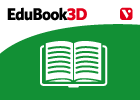
End-of-unit evaluation - The skeletal-muscular system
EduBook Organización
- 3755 visitas
Our skeleton is made up of bones. These are living organs in our body that grow at the same rate as we grow. If they break, they can mend themselves. Some bones protect important organs in our body,…
-
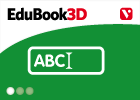
Complete. Romanesque painting
EduBook Organización
- 3743 visitas
Complete the sentences about Romanesque painting and its significance with the missing words: Romanesque painting and sculpture had a character and was much used in church . Romanesque painting and…
-

Observe. Egyptian tombs
EduBook Organización
- 3735 visitas
Look at the three types of Egyptian tomb and do the activities: Explain the differences between a mastaba, a pyramid and a hypogeum. What was the function of each construction? Where is the sarcophogus…
-
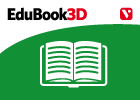
End-of-unit activities - The skeletal-muscular system
EduBook Organización
- 3723 visitas
Our skeleton is made up of bones. These are living organs in our body that grow at the same rate as we grow. If they break, they can mend themselves. Some bones protect important organs in our body,…
-
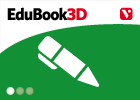
Answer. Romanesque painting and sculpture
EduBook Organización
- 3679 visitas
Remember what you have studied in this section and do the activities: What are the different parts of the design of a Romanesque church? What is the significance of the shape? Look at the drawing of a…
Te estamos redirigiendo a la ficha del libro...













